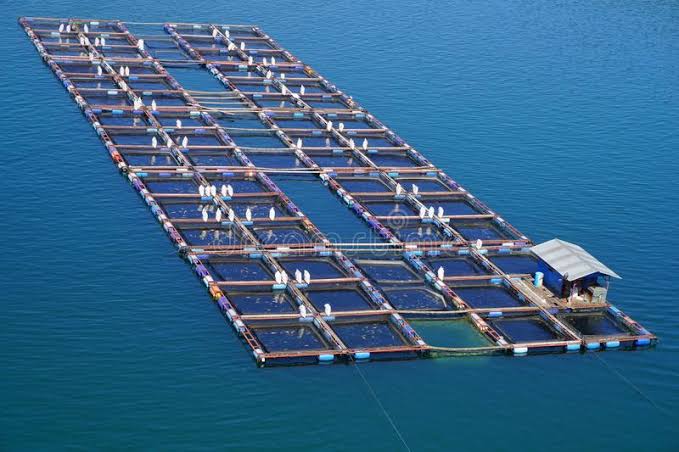Best Practices to Observe in Fish Farming
New research studies have reported that aquaculture development needs to be doubled if the rising demand for fish is to be met.
The question that many fish consumers and customers are raising is how aquaculture can be practiced sustainably. Farmed fish have become an attractive option for the global supply of animal protein. However, just like with other forms of food production, it also has some environmental impact and that’s why having an understanding of some of the best practices to observe is vital. Aquaculture farming has increased through the years without much increase in industrial efficiency.
 Learn More
Learn More
Here are some of the fish farming best practices to observe;
Invest in technological innovation
Aquaculture is a young industry and comes far much behind other forms of agriculture such as livestock and poultry farming. There are increasing improvements that are being realized in feed and nutrition, disease control, breeding technology, and low-impact production systems that fish farmers can consider exploring alongside the traditional knowledge that they already have to help boost productivity.
Whether the innovations are championed by research institutions, companies, farmers, or governments; farmers should have knowledge on the latest technological innovation that they can invest in and even transfer. For example, Vietnam got a breakthrough in catfish breeding in the year 2000and fish farmers complemented it with the adoption of high-quality pelleted feed. The move led to a rise in production making the catfish production in Vietnam increase from 50,000 tons in 2000 to over 1 million tons by 2010.
READ ALSO: Fish farming Innovations that Farmers Should Consider
Focus beyond fish farming
The majority of aquaculture certification schemes and regulations are mostly focused at the farm level. It, therefore, means that having several fish farmers within a local area can lead to cumulative environmental impacts such as the spread of diseases, and water pollution among others. All those can happen even if someone is following the required regulations. Engaging in zoning and spatial planning can help ensure farming is undertaken with consideration of the surrounding ecosystem.
Such a move can help lessen the impact of conflicts that are associated with resource use. When growing catfish, salmon, or shrimp; you can ensure that the same species are not all contained within one area.
READ ALSO: Profitable Method of Fish Farming
Leverage on use of latest information technology
There have been advances in ecological modeling, satellite, mapping technology, connectivity, and open data. All that makes the global level of monitoring and planning systems that promote the development of sustainable aquaculture possible. Having a platform that effectively integrates all the technologies could enable governments and fish farmers to improve on their planning and monitoring. It may also help the industry to plan well and demonstrate sustainability.















